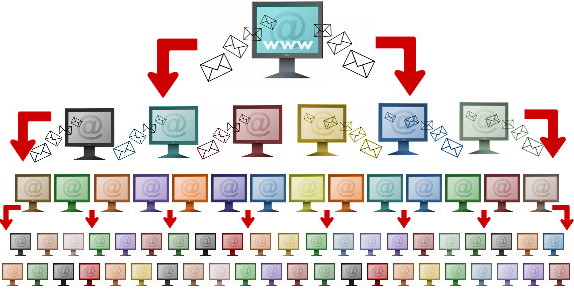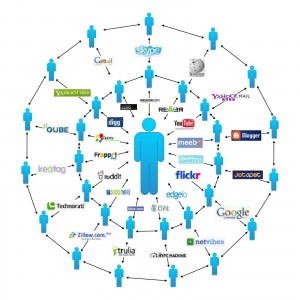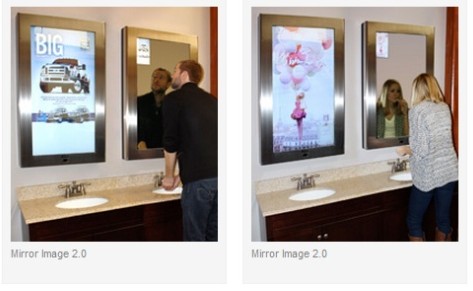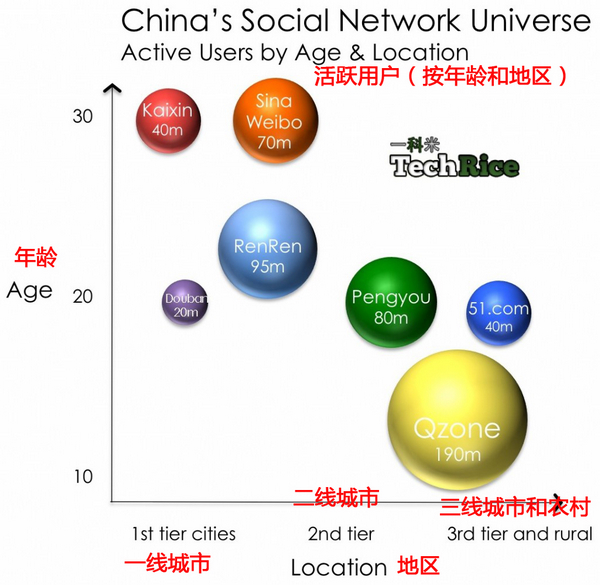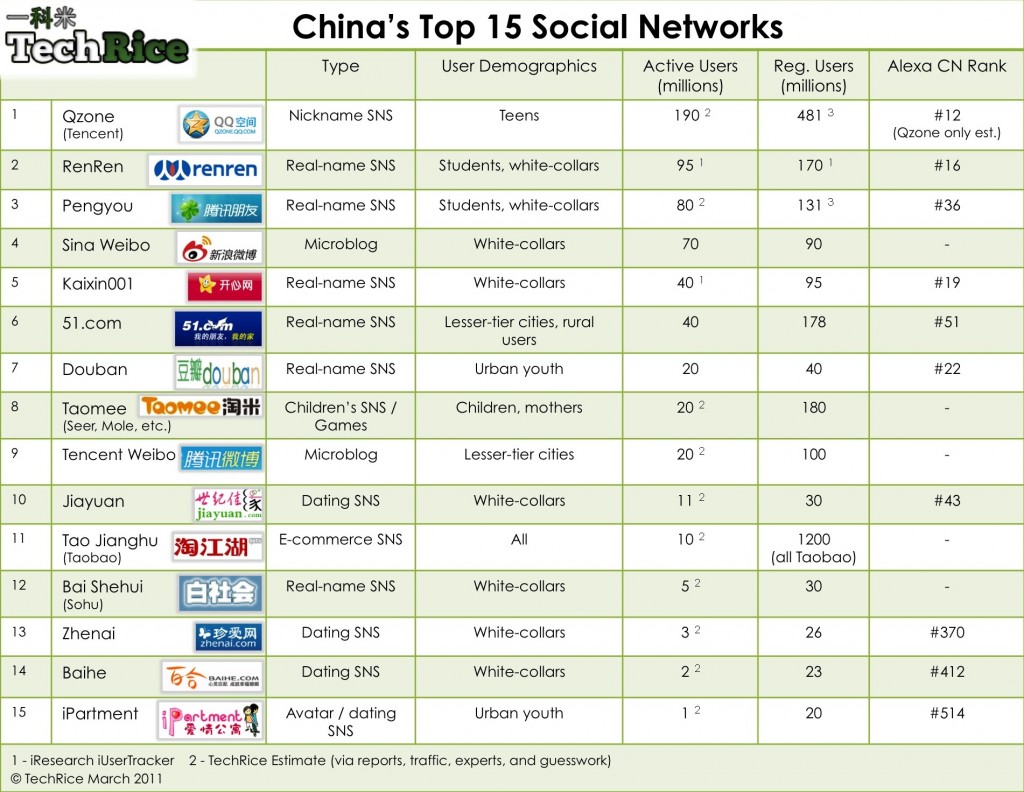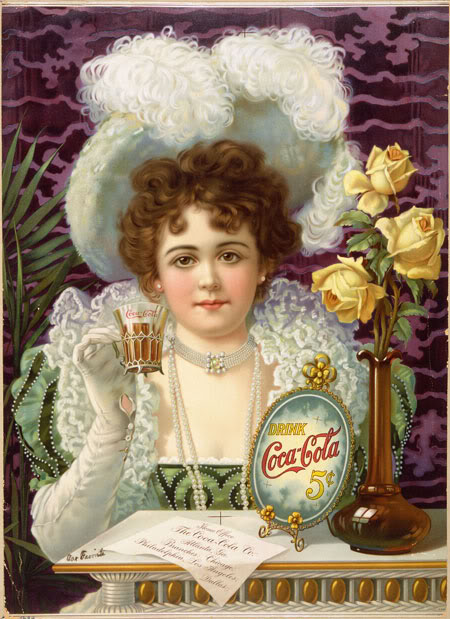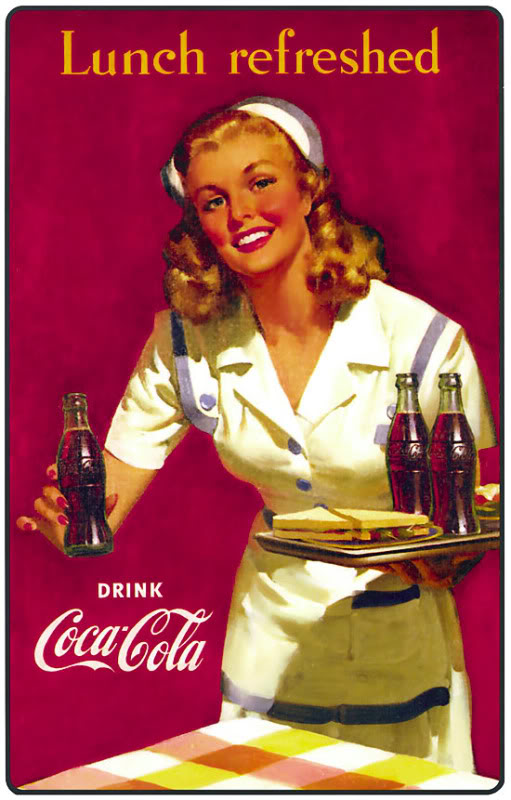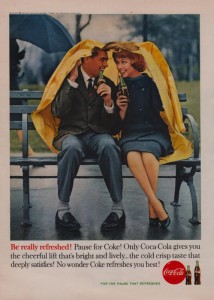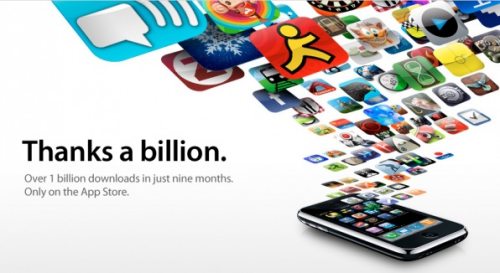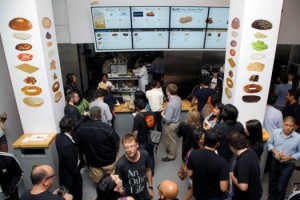Link to Outside Blog: http://beyond-the-newbie.com/what-is-viral-marketing/
Do you know about viral marketing? It is one of the most applied methods in online marketing because it not only very inexpensive, but also extremely effective. Viral marketing has similarities with word-of-mouth and referral marketing, but is not quite the same. With viral marketing the focus lies more on wide spreading.
For example, Hotmail give away free e-mail addresses and services which attach a simple message that people can get their own free email by signing up at http://www.hotmail.com to each email sent out. People who see the message and sign up are advertising for Hotmail just like tiny waves spreading ever farther from a single pebble dropped into a pond.
As a matter of fact, some viral marketing strategies work better than others, and few works as well as the simple Hotmail.com strategy. What’s important when consider if a viral marketing is successful? I think the company should give away valuable products or services such as free information, free software programs, and free email-services to attract customers’ attention, and their massage should be easy to transfer to others because viruses only spread when they’re easy to transmit. Moreover, Clever viral marketing plans take advantage of common human motivations. Last but not least, creative viral marketing plans also use others’ resources to get the word out.


